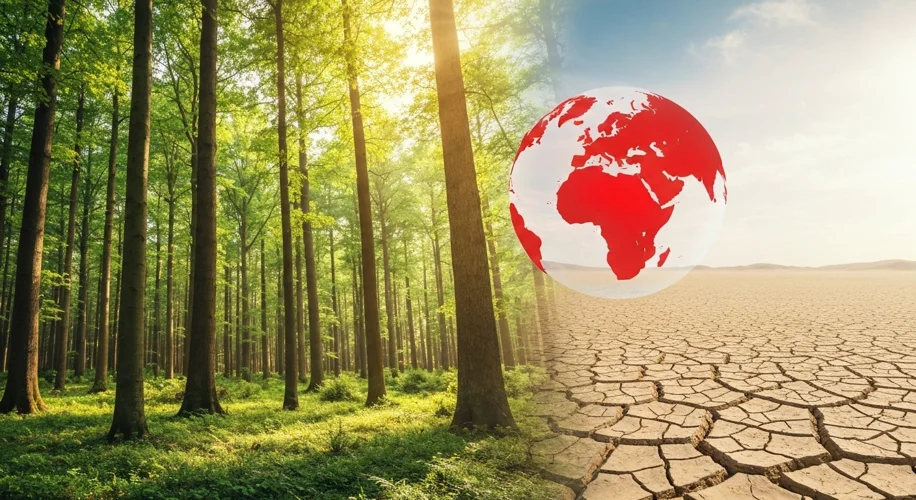It’s hard to escape the headlines these days: climate change, environmental limits, and the urgent need for action. A recent report has painted a stark picture, and frankly, it’s concerning. As of September 3, 2025, a staggering 60% of Earth’s land is now considered to be outside of ‘safe’ environmental limits. This means a huge portion of our planet is struggling to maintain the conditions that support healthy ecosystems and, by extension, human well-being.
What does ‘outside safe environmental limits’ even mean? Think of it like a complex equation where all the parts need to be balanced. When one part goes too far out of whack, the whole system can suffer. In this case, scientists are looking at a range of factors – from biodiversity loss and freshwater use to nutrient pollution and climate change itself. When multiple these factors push beyond critical thresholds, we’re in dangerous territory.
This isn’t just an abstract scientific concept. For many communities, especially those already facing environmental injustices, these limits being breached have very real consequences. It can mean more extreme weather events, compromised food and water security, and increased health risks. In my experience, these impacts are rarely felt equally, and often, the communities that have contributed the least to these problems are the ones hit the hardest.
The report highlights that governments are finding it difficult to keep pace with the escalating threats. This isn’t surprising when you consider the scale and complexity of the challenges. We’re talking about interconnected systems that have been influenced by human activity for decades, if not centuries.
But here’s what gives me hope: awareness is growing, and so is the drive for solutions. While the numbers are sobering, they also serve as a critical wake-up call. This situation demands our attention and, more importantly, our collective action. It’s why I’m so passionate about understanding the science behind these changes and sharing what we can do to foster a more sustainable future for everyone.
There’s a lot of work ahead, but by focusing on science-based solutions and supporting community-led initiatives, we can start to turn the tide. It’s a journey we’re all on together, and understanding the current state of our planet is the first crucial step.

